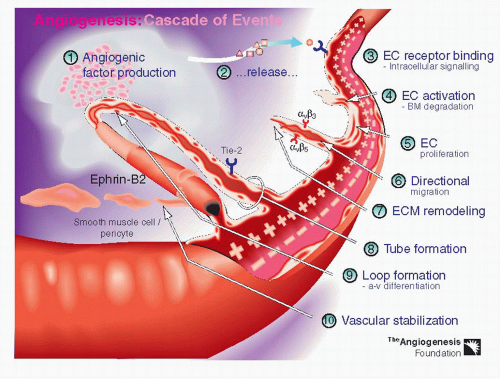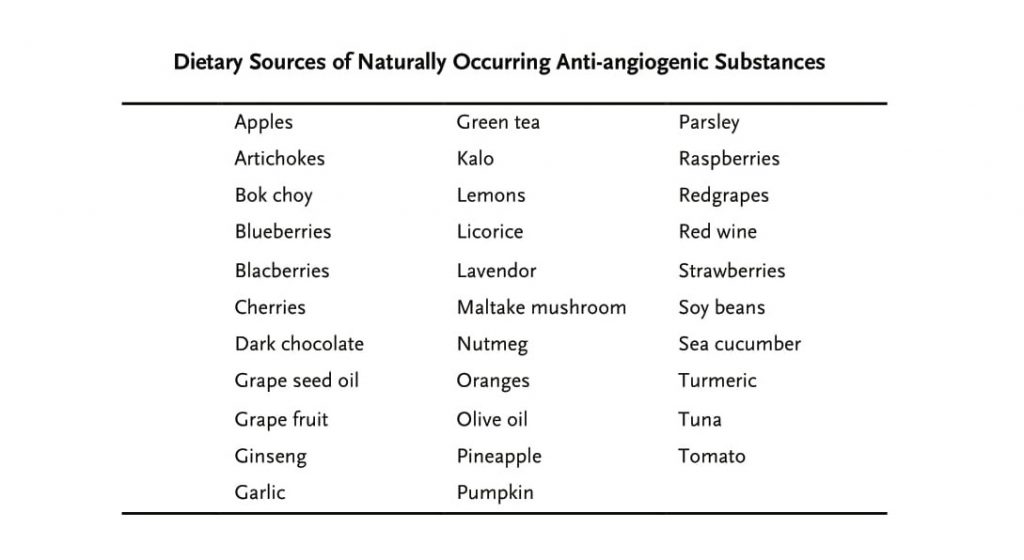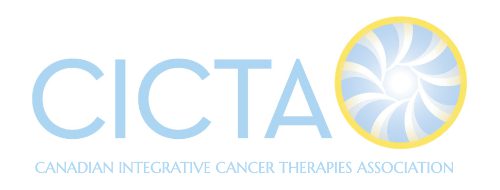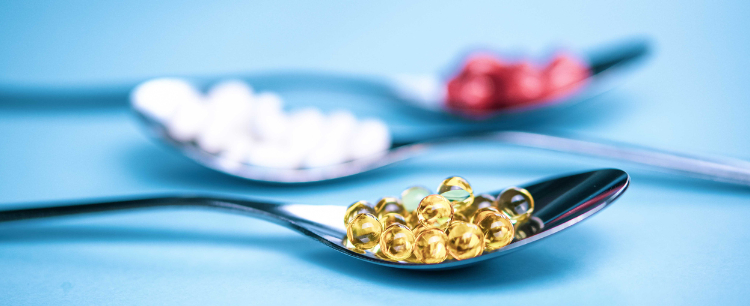Sherman Zhao, MD, PhD
Angiogenesis, the formation of new blood vessels from a primary network of blood vessels, is a normal process in the body and it’s a tightly regulated process involved in tissue growth and maintenance. But this process has a deadly side in that it also feed cancer growing. If it weren’t for the process of angiogenesis, cancer tumors would remain at microscopic size. Researchers have found out that vascular endothelial growth factor (VEGF) and basic fibroblast growth factor (bFGF) are overexpressed in many tumors and seem to be the most important activators in sustaining cancer growth. In some cases, angiogenic inhibitors can become down regulated and even non-functional. Cancer cells mutate and gain the ability to release lots of angiogenesis factors that tip the balance in favor of blood vessels invading the cancer. Once those vessels invade a tumor, it can expand, and the same vessels feeding the tumor allows cancer cells to then exit into the circulation as metastases. This late stage of cancer is the one at which the disease is most likely to be diagnosed but the most difficult to treat. There are currently eight approved anti-cancer therapies with recognized antiangiogenic properties in oncology. It is important to realize that the primary goal of angiogenesis inhibitors is to keep cancers in check, rather than to effect as a complete cure. It would, therefore, most likely require lifetime treatment. So here a question is risen: Can naturally occurring anti-angiogenetic substance work? The answer is yes. Actually, there is a growing interest in the use of dietary factors as anti-angiogenic agents which may be effective as treatments for cancer. A large number of studies in recent years demonstrated a variety of cancer could be preventing by angiogenesis through diet, since diet accounts for 30 to 35 percent of environmentally caused cancers. In other words, we can eat to starve cancer. Nature has originated a large quantity of foods, beverages and herbs that could be served as inhibitors of angiogenesis.

Researchers test the effect different foods (see list of foods at below) would have on blood vessels at concentrations that are available through eating, rather than concentrated, encapsulated forms. The tests showed that an extract of resveratrol, found in red grapes and red wine, would inhibit abnormal angiogenesis by 60 percent. Extracts from strawberries and soybeans had similar benefits. Four teas- a Chinese jasmine tea, Japanese sencha, Earl Gray and a blend of the Chinese jasmine and Japanese sencha teas also showed effects but varied in their potencies. The Chinese Jasmine and Japanese sencha teas were each less potent than the Earl Grey tea. But when they combined the two teas, the combination was more potent than either one alone or than the Earl Grey tea. This means there’s food synergy, and that foods likely work best in combination to create benefits. Other foods, for instance, tomatoes, of course, are a good source of lycopene, which is anti-angiogenic.

This kind of research could impact consumer education, food services, public health policies and even the insurance industry and, for many people in the world, dietary cancer prevention may be the only practical solution most people can afford. Ultimately, what we eat could turn out to have the cancer-fighting benefits of taking chemotherapy three times a day. But the research on anti-angiogenesis, also has relevance for tackling obesity. It turns out that fat is highly dependent on angiogenesis, because like a tumor, fat grows when blood vessels growth.

